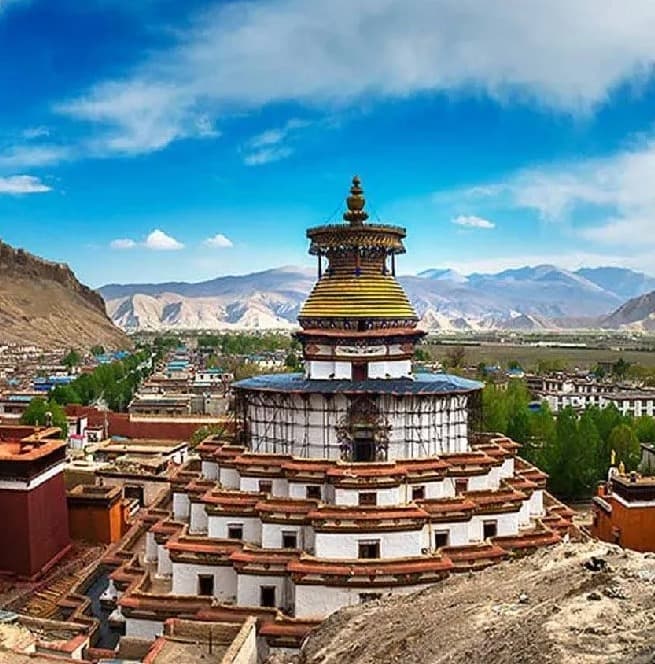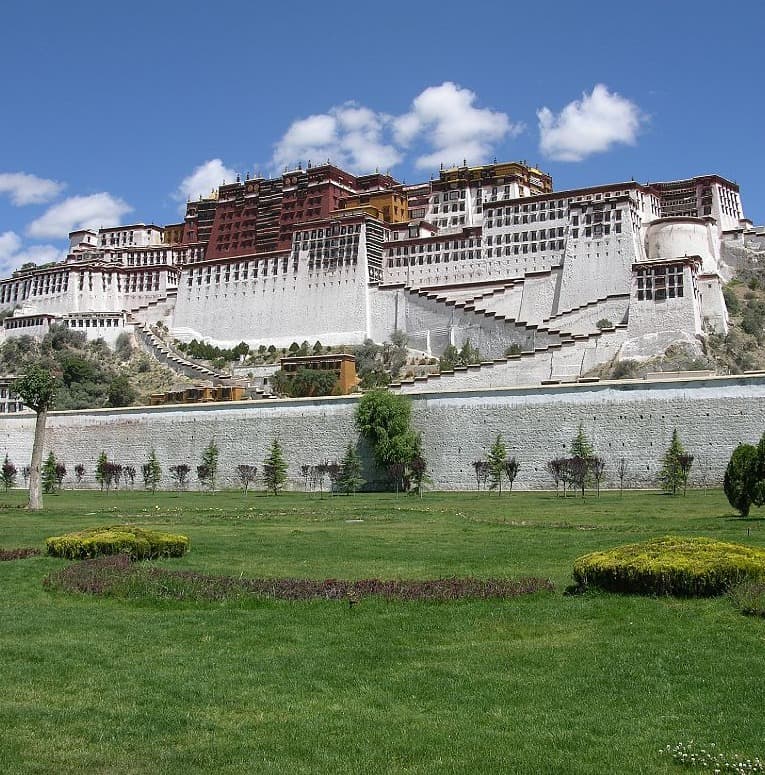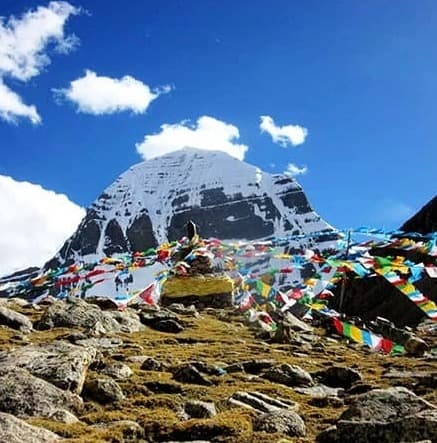Tibet is a region in the western part of East Asia, encompassing much of the vast Tibetan Plateau, which spans approximately 2,500,000 square kilometers (970,000 square miles). Known as the homeland of the Tibetan people, the plateau is also home to other ethnic groups, including Mongols, Monpa, Tamang, Qiang, Sherpa, and Lhoba. Since the 20th century, Han Chinese and Hui populations have also settled in the region. Following its annexation by the People's Republic of China in 1951, Tibet has been administratively divided into the Tibet Autonomous Region and portions of the Qinghai, Gansu, Yunnan, and Sichuan provinces. The Republic of China (Taiwan) also claims Tibet as the Tibet Area under its constitution.
Tibet is the highest region on Earth, with an average elevation of 4,380 meters (14,000 feet). Located in the Himalayas, it is home to Mount Everest, the world’s tallest peak, which rises to 8,848 meters (29,000 feet) above sea level.
The Tibetan Empire emerged in the 7th century, reaching its zenith in the 9th century when it extended well beyond the Tibetan Plateau. The empire's reach stretched from the Tarim Basin and Pamirs in the west to Yunnan and Bengal in the southeast. Following its decline, Tibet fragmented into various territories. Western and central Tibet (Ü-Tsang) were often unified, at least nominally, under Tibetan governments based in Lhasa, Shigatse, or nearby regions. In contrast, the eastern regions of Kham and Amdo maintained a decentralized structure, consisting of small principalities and tribal groups. These areas frequently fell under Chinese influence and were ultimately incorporated into the provinces of Sichuan and Qinghai.




